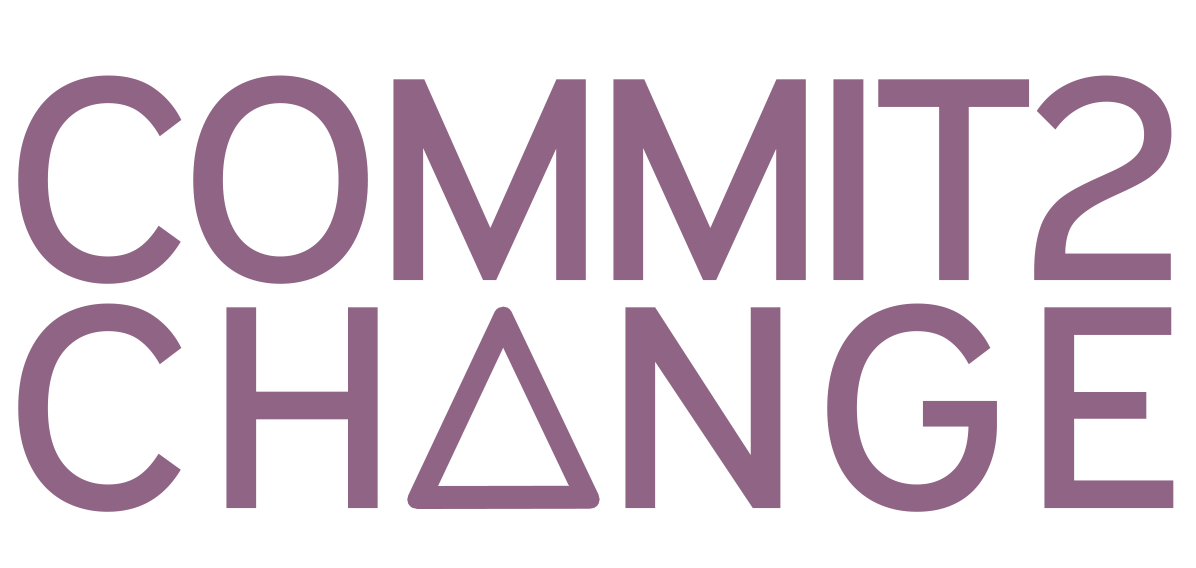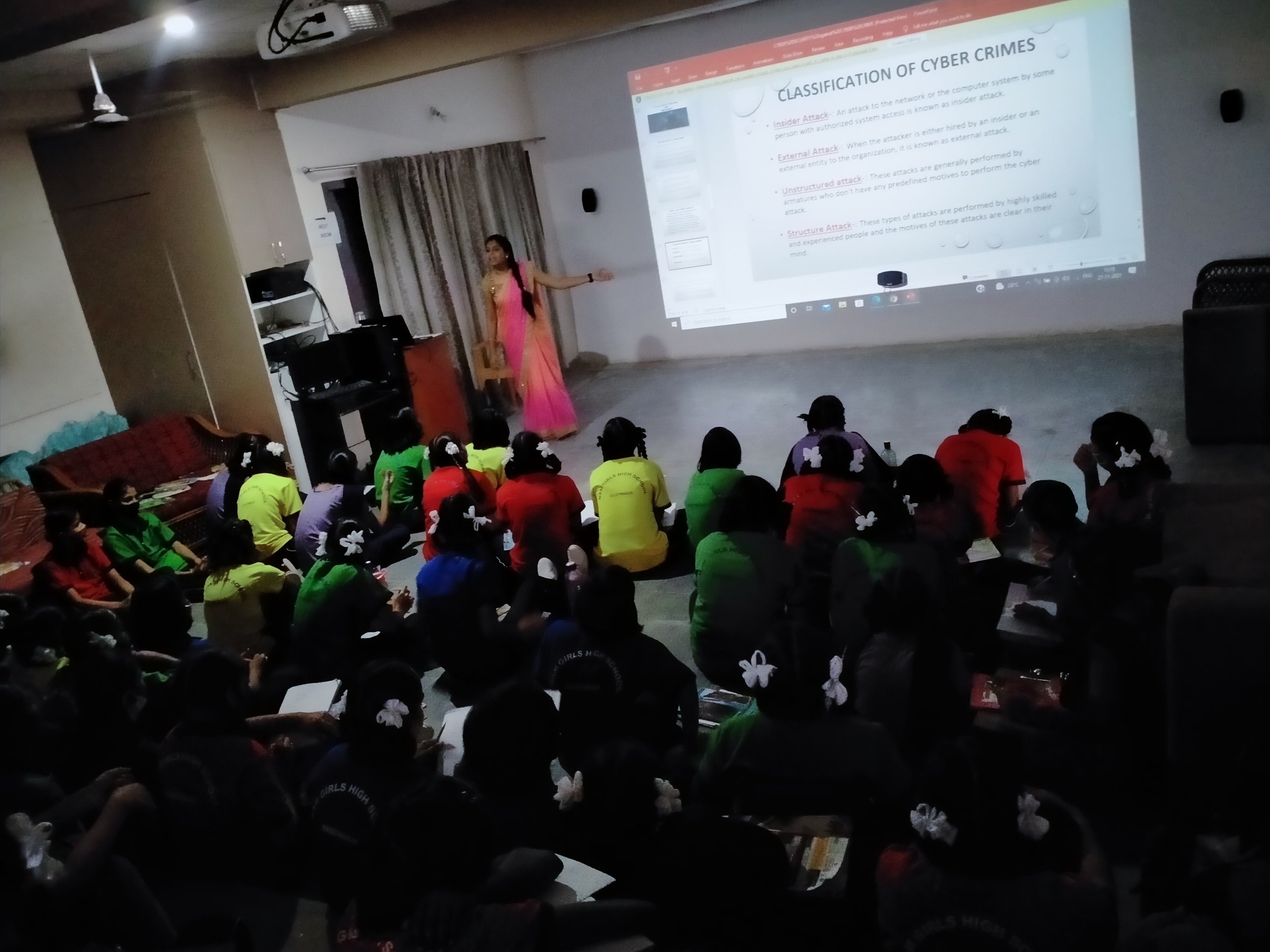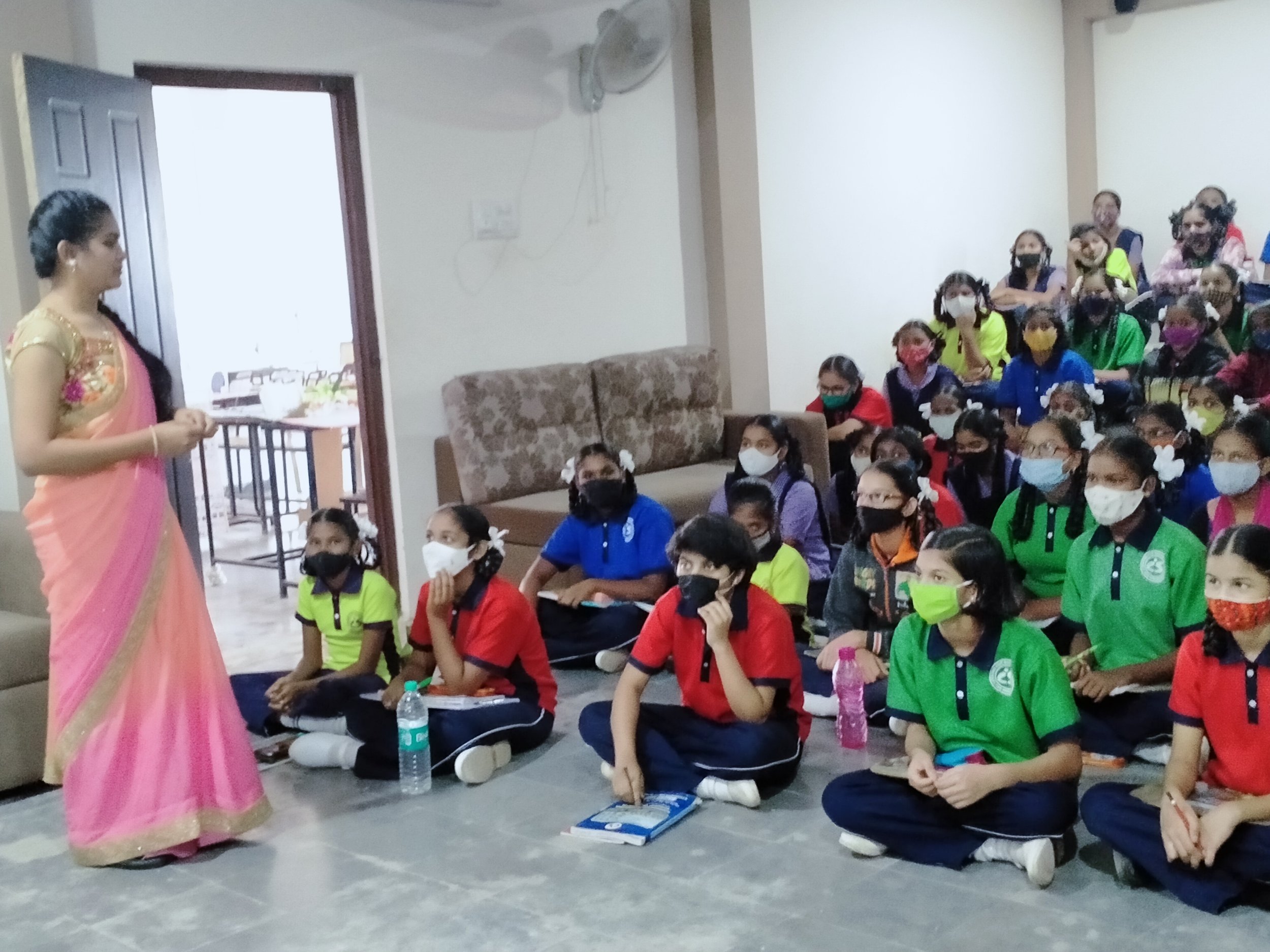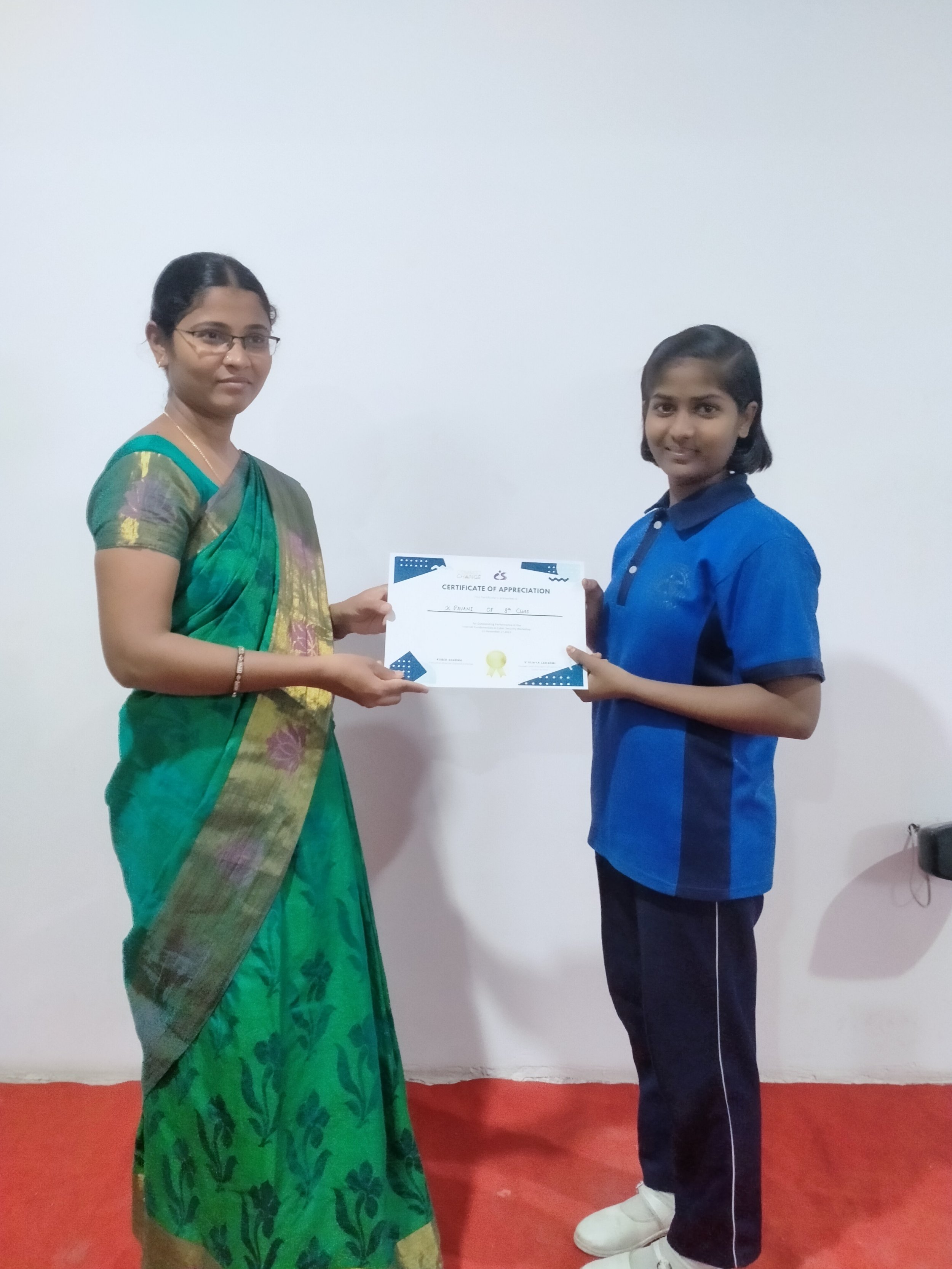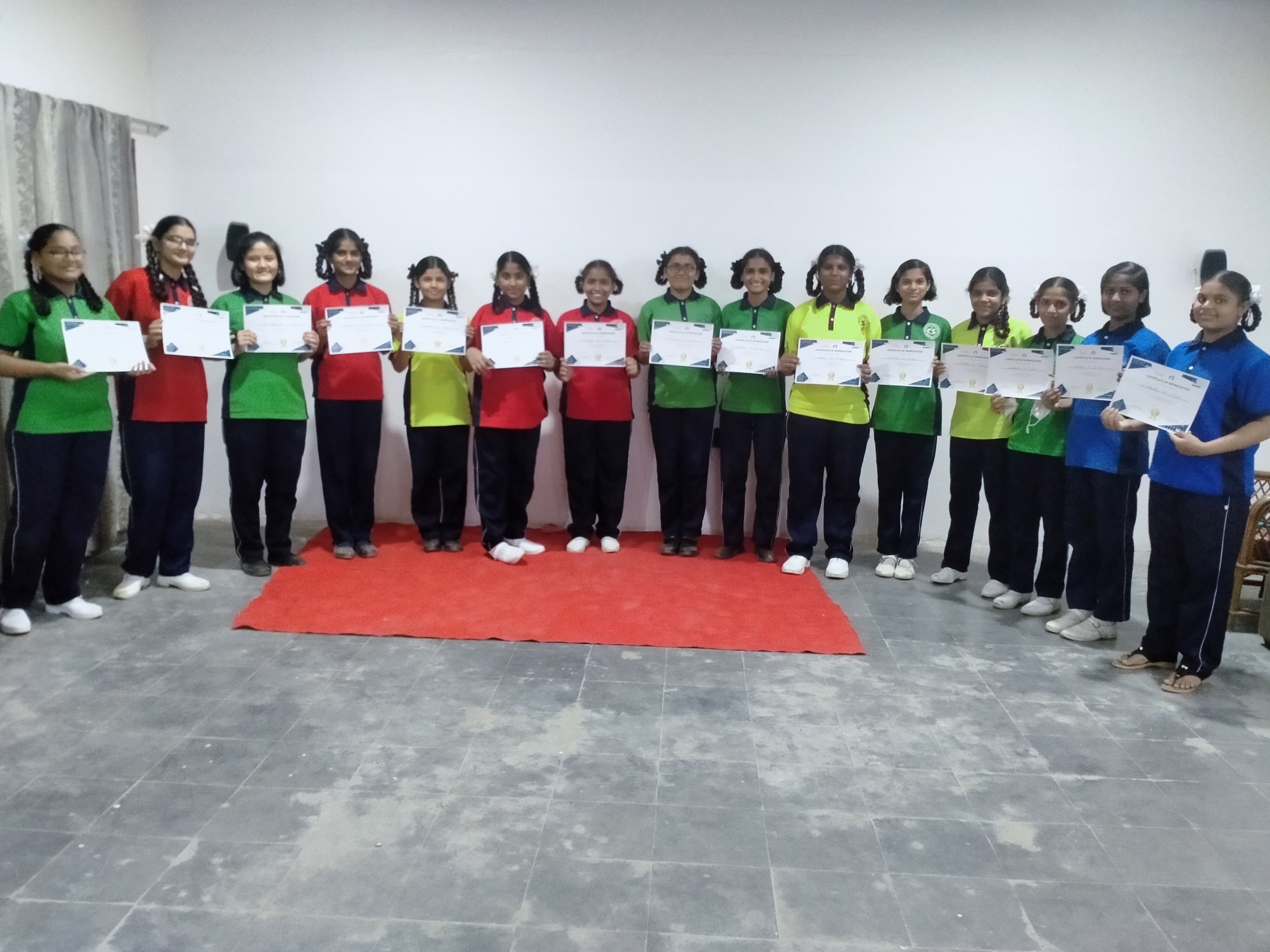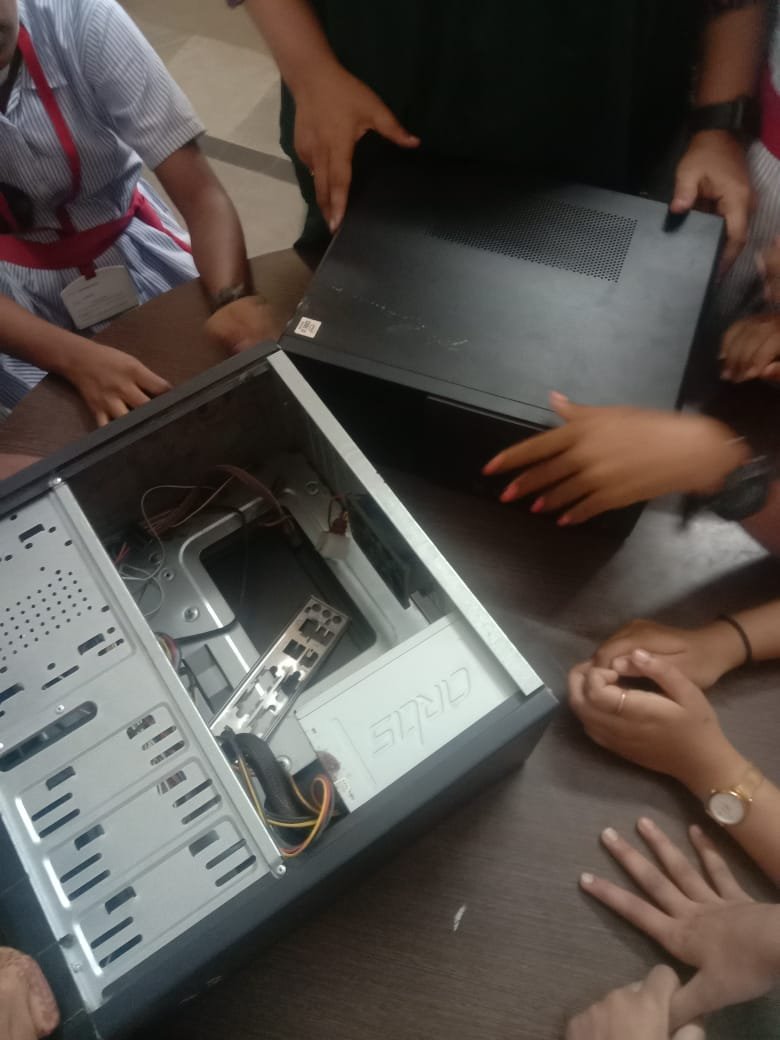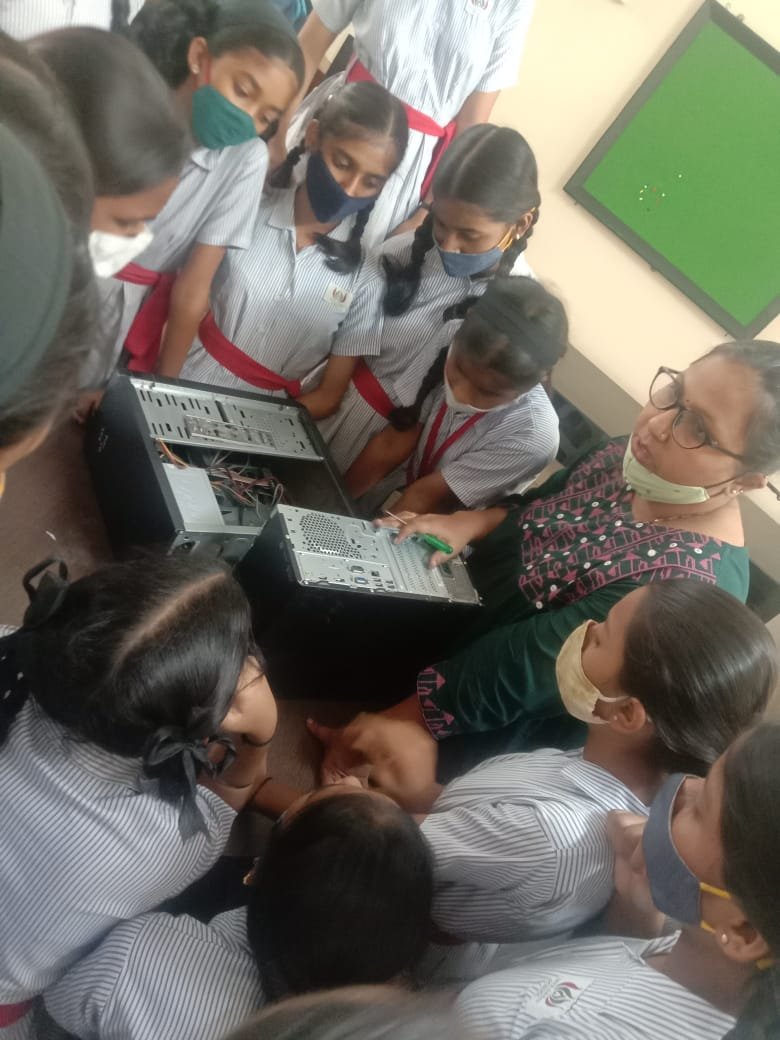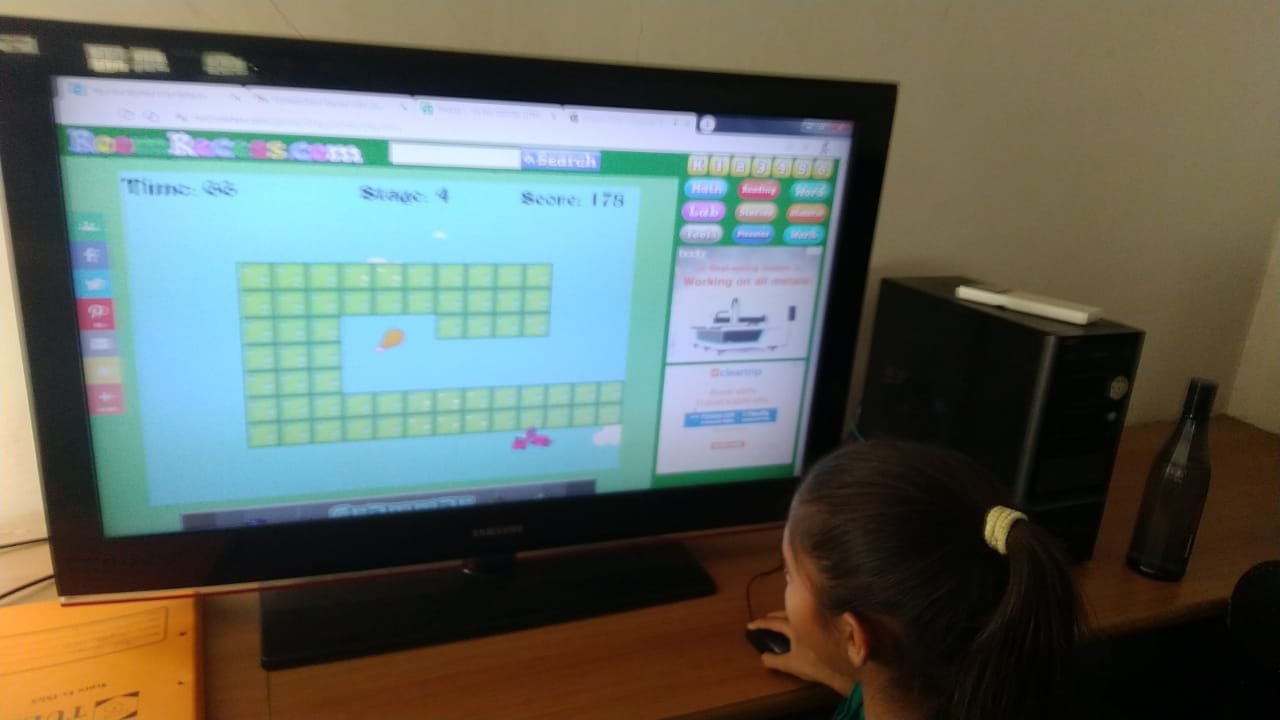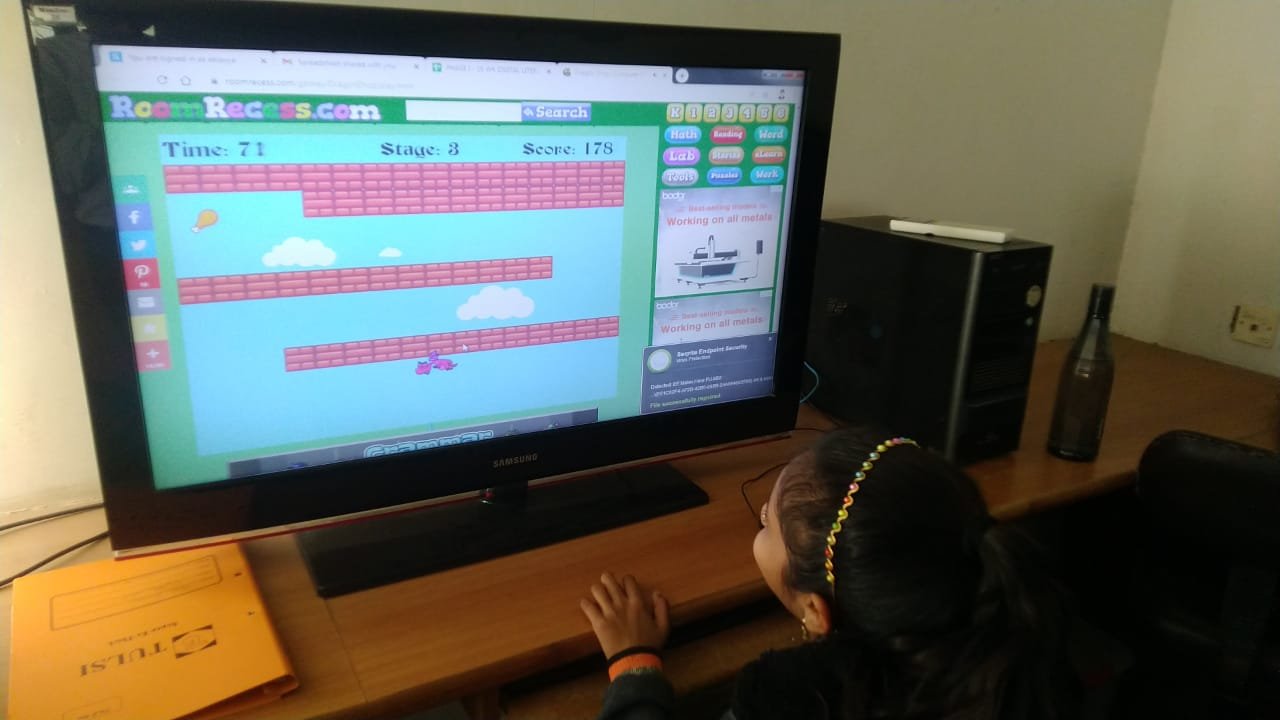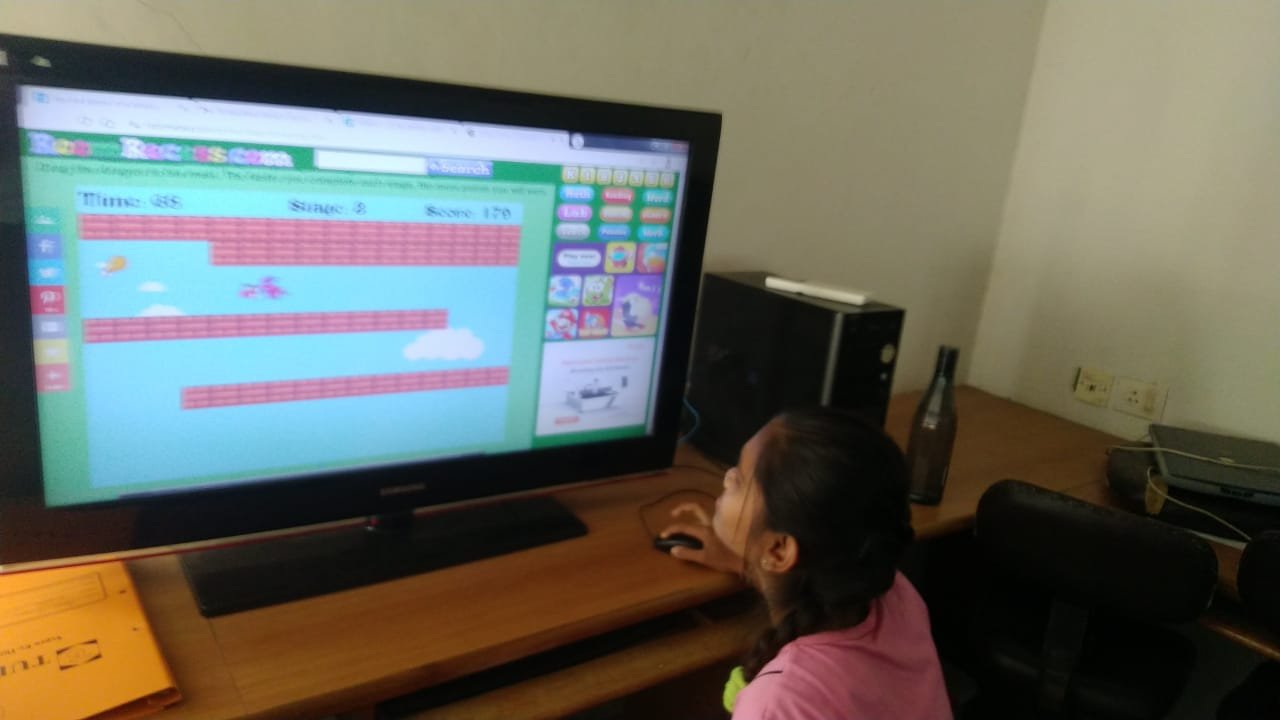C2C Girls at Muni Seva Ashram in Gujarat
This International Day of the Girl, we honor the courage, dreams, and unwavering spirit of girls everywhere. Lina, Rupali, and Prachi, three incredible young women supported by C2C, remind us that when resilience meets opportunity, extraordinary things can happen.
Lina’s Story:
Seventeen-year-old Lina has attended Food for Life Vrindavan School for as long as she can remember, fifteen years of learning, growing, and daring to dream.
Home for Lina is a small rented room she shares with her mother and older sister. It’s not made of bricks of comfort, as she says, but held together by love, sacrifice, and silent strength. Her father passed away from kidney failure when she was just seven months old, and since then, her mother, who now works as a cleaner at Lina’s school, has carried the weight of their world on her shoulders. Earning only ₹6000 a month (less than $75), her mother stretches every rupee to cover rent, food, and school fees. Lina remembers the sting of their landlord’s words when he threatened to evict them, but her mother always stood tall. Her sister, a college student, works as a painter to help make ends meet. Together, the three of them have built a life grounded in resilience and hope.
Despite the hardship, Lina never let her circumstances define her. She studies late into the night, even when noise fills their tiny room. She cooks for her family before school and still finds time to pursue her passions — dancing, singing, and reading spiritual stories. Singing has become a source of strength, and she also finds peace in reading and writing, often jotting down reflections about her dreams and goals.
It was through C2C’s programs that Lina began to see just how powerful her dreams could become. Through courses in Vedic Math and the Tech Lab, she learned not only how to solve complex problems and use a computer but also how to believe in herself. “Before C2C, I didn’t even know how to start a computer,” she admits. “Now I can calculate quickly, think logically, and dream bigger.”
Her newfound skills have sparked a deep ambition — to become an aeronautic engineer. It’s a dream born from her desire to give her family a life of peace and security. Lina has also started mentoring younger students in her school, sharing her love for learning and encouraging them to aim high.
“C2C has shown me that with dedication and hard work, success is possible,” Lina says. “Because of this program, I now believe I can achieve great things.” She recently won first place in a regional Shloka recitation competition, but her greatest pride is simply being a girl who refuses to give up. Her message to other girls — and to those who support Commit2Change — is simple: Never lose hope. Keep learning, keep going, and believe in yourself.
Rupali’s Story:
For 20-year-old Rupali, home has always been a place of contradictions - a small house filled with both love and sorrow, laughter and fear.
Her father works as a car driver, but when he returns home after drinking, the warmth of their home disappears. The shouting begins, followed by violence. Rupali has watched her mother bear the pain quietly, even as she still manages to care for the family with tenderness. “Once,” Rupali recalls, “I tried to stop him from hurting her, and he raised his hand on me too. That moment shattered something inside me. But it also made me stronger. I decided I would never let fear define my life.”
Despite the chaos, Rupali never lost her will to learn. She completed her 12th standard while managing household responsibilities — cooking, caring for her younger siblings, and comforting her mother through her illness. “Every morning, before going to school, I make lunch for everyone,” she says. “My mother is unwell, and it’s my way of showing love and promising that one day, I’ll change everything for her.” She also finds small ways to nurture her siblings’ learning, helping them with homework whenever possible.
Her strength was tested again after graduation when relatives began pressuring her to marry. “They said, ‘What else is left for a girl?’ But I refused,” she says. “I wanted to study, to build a career, to give my mother the life she deserves.”
That’s when C2C entered her life through the Fellowship Program. “C2C came like a blessing,” Rupali shares. “They didn’t just support my education — they gave me the courage to say no to early marriage and yes to my dreams.”
Through C2C, Rupali found not only financial support but also confidence and community. She learned the value of persistence, self-belief, and discipline. She dreams of becoming a Nurse, serving others through the medical field. “Since childhood, I’ve wanted to help people,” she says. “C2C made me believe I can actually do it.”
She’s already started giving back. Rupali now works as a tutor, teaching children who once struggled in school. “When I see my students improving, it fills me with pride,” she says. “It reminds me that no matter how difficult life gets, kindness and education can change everything.”
Rupali draws inspiration from her mother and teachers — women who, despite hardship, never stopped believing in her potential. “My mother’s strength and my teachers’ encouragement taught me never to lose hope,” she says. “Being a girl isn’t a weakness. It’s my power.”
“C2C didn’t just support my studies,” Rupali reflects. “They saved my dreams. I’ll always be grateful for this second chance.”
When asked what message she wants to share with other girls, her voice is steady and sure: “Believe in yourself. Don’t let anyone tell you that you can’t. Every girl has the strength to rise — we just need someone to remind us that we can.”
Prachi:
Prachi, a bright and determined 10-year-old student in 7th grade at Baxipanch Ashramshala, has already discovered the power of education to change her life. For the past two years, she’s been part of a nurturing learning environment that has become her favorite place, a space filled with encouragement from teachers, close friendships, and the freedom to dream.
Prachi comes from a family facing immense financial challenges. Her father has no steady work and struggles to support his wife and four daughters. The family owns a small piece of land, but it provides no reliable income, and their rural community lacks access to government schools or colleges. Still, her parents have done everything they can to keep their daughters in school, determined to give them the opportunities they never had.
Despite the obstacles, Prachi shines. She loves learning, especially self-study, and credits her teachers’ creative lessons for sparking her curiosity. Outside the classroom, she enjoys singing, dancing, reading, and playing football. Singing, in particular, has become her joy and outlet; she has already won two school singing competitions in the past two years.
Her biggest inspiration is Kalpana Chawla, India’s first woman astronaut. After reading about Kalpana’s story, Prachi realized she wanted to achieve something equally bold…to become a pilot. With encouragement from her teachers and family, that dream no longer feels out of reach.
C2C’s Tech Lab program has been pivotal in her journey. Through C2C, Prachi has gained valuable digital skills, from typing and document creation to creative projects in MS Paint. The world of technology has given her confidence, and a new sense of possibility. She proudly shares that she ranked first in her class this semester, and now feels equipped to pursue future academic and professional goals.
Prachi is filled with gratitude for the support she’s received from her teachers and C2C mentors. “Because of them,” she says, “I have the confidence and freedom to choose my own path.”
These Stories Matter
Lina, Rupali, and Prachi show us that when girls are given support, encouragement, and access to education, their potential knows no bounds. Their journeys remind us that a single opportunity can transform hope into achievement, and dreams into reality. This International Day of the Girl, we celebrate not only their incredible resilience but also the power of believing in girls everywhere — and the profound impact we can create when we invest in their futures.
